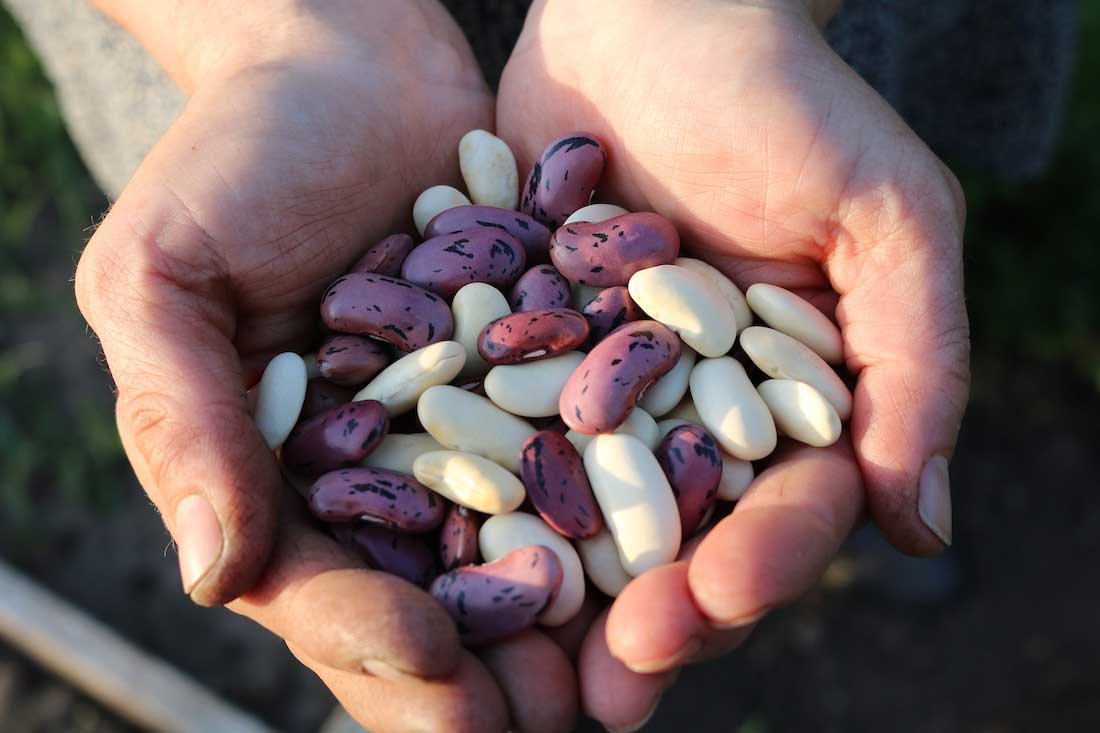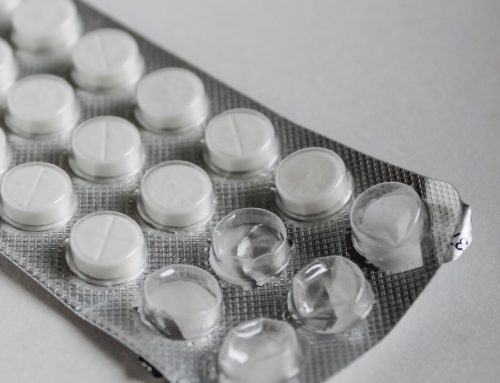You likely aren’t eating enough fiber. With the Standard American Diet (SAD) containing a high amount of processed food, sugar and salt, there are very few people eating enough high fiber foods. But fiber is important, and it does more than just keep you regular. It’s essential for the health of your microbiome, it promotes healthy blood sugar levels, and it can even help you lose weight.
Let’s talk about it.
What is Fiber?
Fiber is often referred to as roughage. It’s the indigestible part of a plant that sweeps through the digestive tract to support detoxification and promote regular bowel movements.
There are two main types of fiber – soluble and insoluble. The main difference between both types is that soluble fiber dissolves in water, while insoluble fiber does not.
While both types have slightly different benefits, it’s important to focus most on your overall fiber intake rather than on the individual type. Plant foods in general contain both soluble and insoluble fibers in varying amounts.
How Much Fiber Should I Eat Per Day?
Most of us don’t eat enough fiber. On average an American adult gets 15 grams of fiber in their diet each day. For optimal health, women should be eating at least 25 grams each day, while men need at least 38 grams1.
One of the best ways to get more fiber is to simply eat more plant based foods. Fruit, vegetables, whole grains and beans are all high fiber foods. To figure out where you stand, first determine how much fiber is in the foods you commonly eat. Then, if you need to increase your intake, take a look at the list below to get an idea of what high fiber foods could help you reach the recommended amount.
Foods High in Fiber2
Kidney beans – 7.9 grams per 1/2 cup serving
Black beans – 6.1 grams per 1/2 cup serving
Lentils – 5.2 grams per 1/2 cup serving
Turnip (cooked) – 4.8 grams per 1/2 cup serving
Raspberries – 3.3 grams per 1 cup serving
Apple – 2.8 grams per 1 small apple
Oats – 3.1 grams per 1 cup serving
Flaxseeds – 3.3 grams per 1 tbsp serving
Carrot (raw)- 2.3 grams per 1 large carrot
Green peas (frozen) – 4.3 grams per 1/2 cup serving
Brussel sprouts (cooked) – 7.8 grams per 1 cup serving
Kale (cooked) – 5 grams per 1 cup serving
Figs (dried) – 9.0 grams per 3 figs
Pear – 5.8 grams per 1 large pear
Mango – 5.8 grams per 1 small mango

5 Health Benefits to Eating High Fiber Foods
Eating more fiber is essential for living a healthy life. It’s been proven to reduce the risk of certain cancers including colon cancer and breast cancer3, as well as help the body with every day functions including blood sugar control and bowel regularity. Here are five health benefits of fiber to help encourage you to boost your intake.
1. Manage weight more easily
People who eat more fiber have an easier time maintaining a healthy weight, and an easier time losing it4. That’s because fiber is bulking in nature. When you eat a meal high in fiber it fills your stomach so you feel full sooner. This helps you eat less calories overall, but still maintain a feeling of satisfaction. Fiber also absorbs water, so the more fiber you eat, the more water you’ll have to drink. The increased intake of water can also help you feel full without any additional calories.
2. Maintain blood sugar balance
Fiber is the difference between eating an apple and drinking a glass of apple juice when it comes to blood sugar levels. Whole plants foods with their fiber intact (and in most cases their skin still on), digest more slowly than processed foods do. This slow process is the reason why fiber is so beneficial for maintaining healthy blood sugar levels. Soluble fiber in particular is great for this. It absorbs water to form a gelatinous product that moves your food through the digestive tract at a slow pace. This allows the sugars from your food to break down into your blood sugar more slowly instead of overwhelming your body with a burst of sugar all at once (like you get with the glass of apple juice). Keeping your blood sugar balanced on a regular basis can help to reduce your risk of diabetes, prevent food cravings and help to stabilize your energy levels.
3. Have healthy gut bacteria
The dietary fiber that you eat is the food that feeds the good bacteria in your gut. It’s what helps to support a healthy microbiome and balanced gut flora. Your gut is connected to many different parts of your body. For example, 70% of your immune system is located in your gut5. Your good bacteria produce B- vitamins important for helping your body make energy and manage stress. And the bacteria in your gut even help your body to digest and detox. Without enough fiber in your diet, the good bacteria in your gut can potentially decrease, leaving room for bad bacteria or yeast like candida to flourish.
4. Keep things regular
Going to the bathroom isn’t a topic that everybody likes to talk about, but it is important one. A healthy person should have 2-3 bowel movements everyday (with ease). Any less than that can be a sign of constipation. One of the reasons why you might experience constipation is a lack of fiber. Fiber absorbs water and binds waste to prepare for a bowel movement. It’s what shapes your stool and helps to determine it’s density.
Sometimes people who take fiber supplements can complain of them causing constipation. The reason for this is dehydration. Fiber and water go hand in hand. When you increase your fiber intake, you have to increase your water intake. Fiber bulks and absorbs water. So if the fiber helps to bulk your stool but you’re dehydrated, your stool will be formed but too hard, and possibly difficult to pass.
5. Support detoxification
Having regular bowel movements is one the most important ways that your body detoxifies itself. To support your body’s natural detoxification efforts, you need to eat fiber. Fiber binds to toxins, excess fats and hormones in the body help to remove them. Without enough fiber, toxins and hormones can be reabsorbed from the bowel to recirculate in the body. The easier time your body has detoxing, the less time harmful substances can spend in your system.
Chew on this
If you need to increase your fiber intake, eat more plant based foods. Plant foods are in general are high fiber foods. To make sure you’re getting the most out of them, keep the skin on when you on. Most of the times plants with edible skins carry the bulk of their fiber within their skins (potatoes are a good example of this).
How to do you make sure you’re getting enough dietary fiber? What are your favourite high fiber foods? Share them with us in the comments below.




